The history of McCormicks begins in 1849.
In 1849 Thomas McCormick emigrated to Canada from Ireland. In 1858 McCormick begun the manufacturing of candy in a factory located on Clarence Street in London, Ontario. The company was incorporated under the name of McCormick Manufacturing Company in July of 1879.
When McCormick passed away in 1906 his sons took over the business. By 1912 a larger and more efficient plant was needed. Thomas McCormick Jr. visited over one hundred biscuit and candy factories to observe their architecture. With the assistance of the London architectural firm Watt & Blackwell, they created what was considered one of the most sanitary and fireproof factories in North America.
The plant opened in East London on more than 100 acres of farm land known as Priest’s Swamp.
McCormicks contained 1.5 million bricks, 800 tons of steel, 100,000 bags of cement and 45,000 square feet of glass. 68% of the exterior walls were glass to allow sunlight inside. A company brochure described the factory as a “sunshine palace”.
The McCormick’s factory could produce 135,000 pounds of candy and 100,000 pounds of biscuits on a daily basis. As many as 1,000 workers were employed inside the factory.
Prior to the First World War public concern about the purity of processed food prompted the government to increase its scrutiny of food manufacturing. McCormick’s was focused on maintaining a hygienic manufacturing process.
Employee amenities included large dining rooms, gymnasium, library, locker rooms, medical facilities and rest rooms. Outdoor tennis courts and a baseball diamond were part of the employee experience.
March 2013 Photos














January 25, 2015 Photos
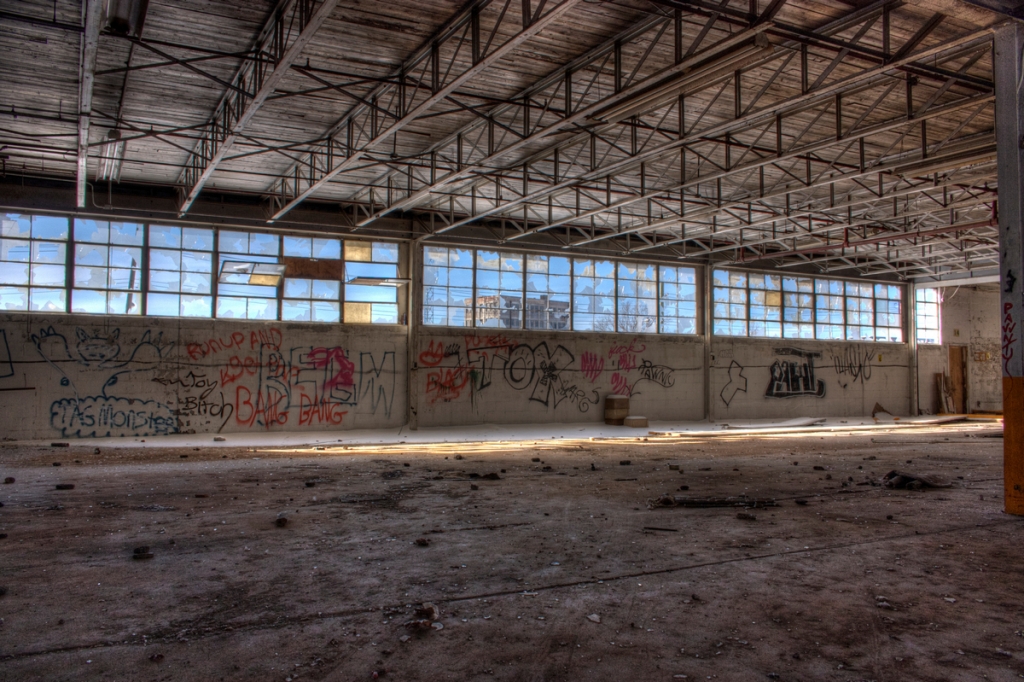
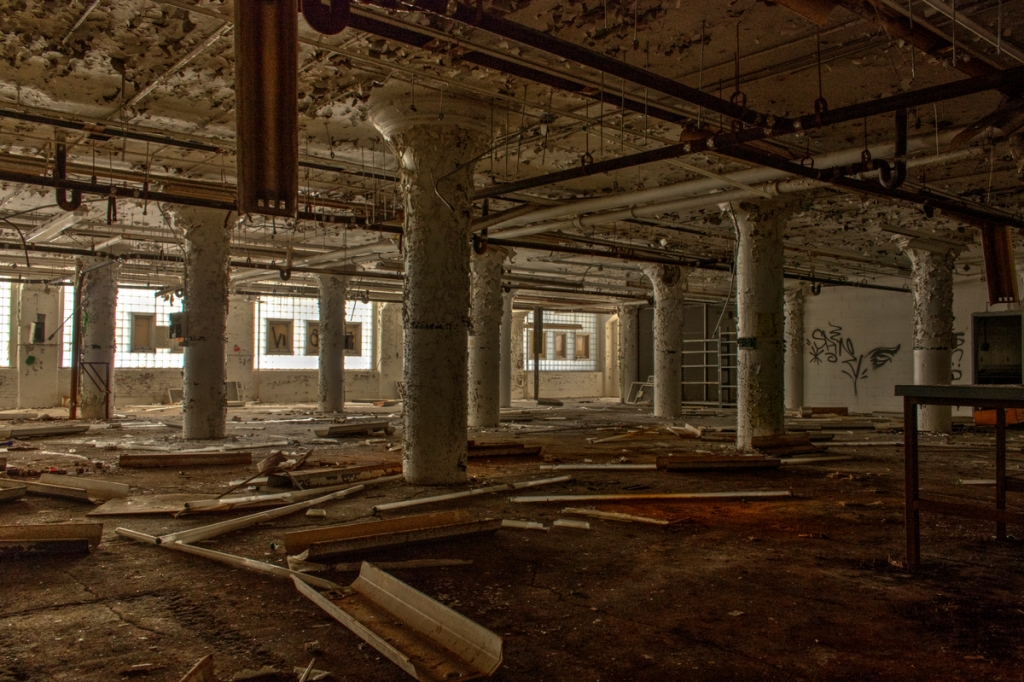
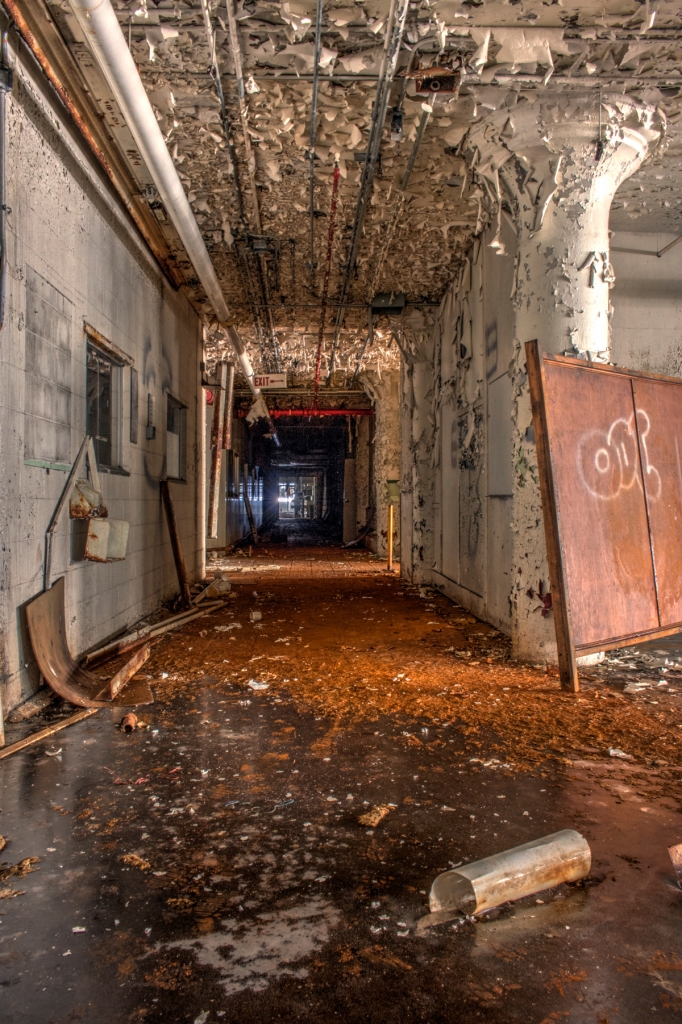
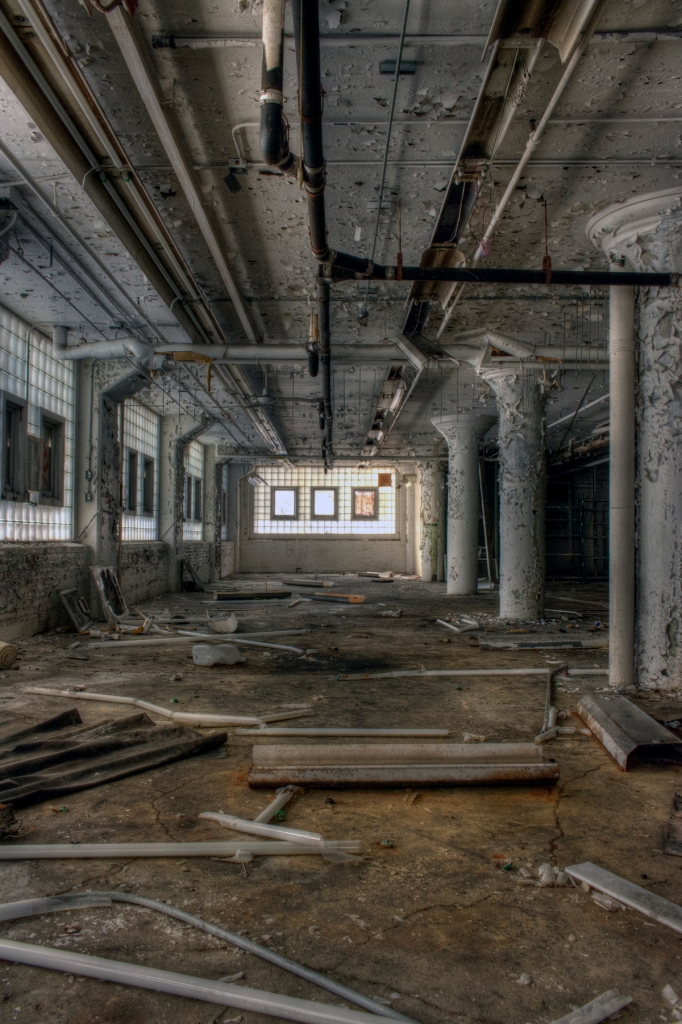
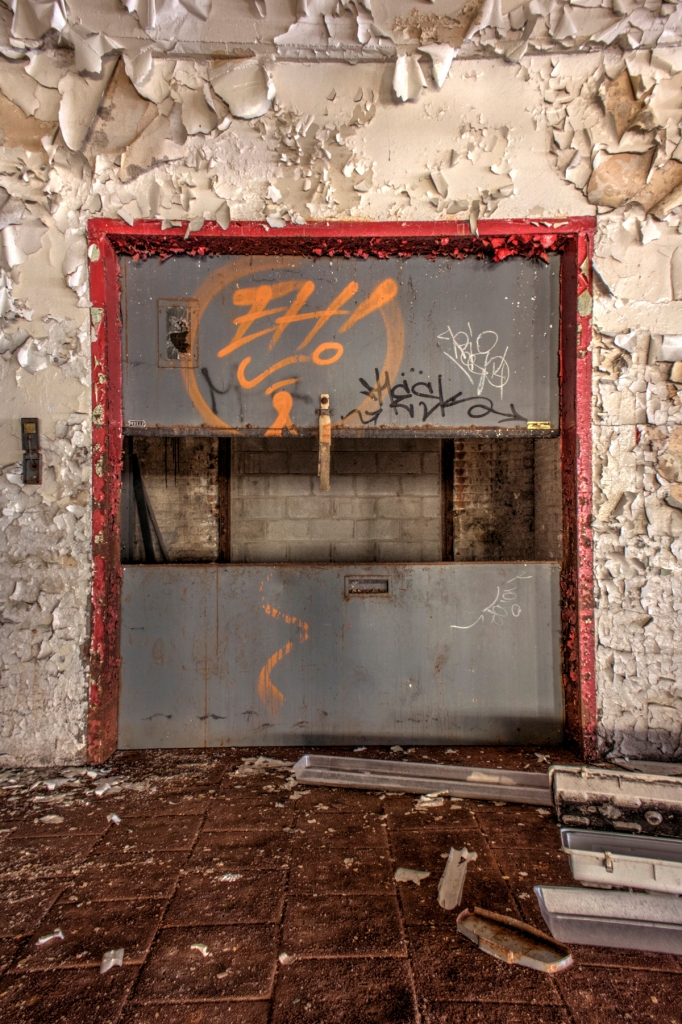
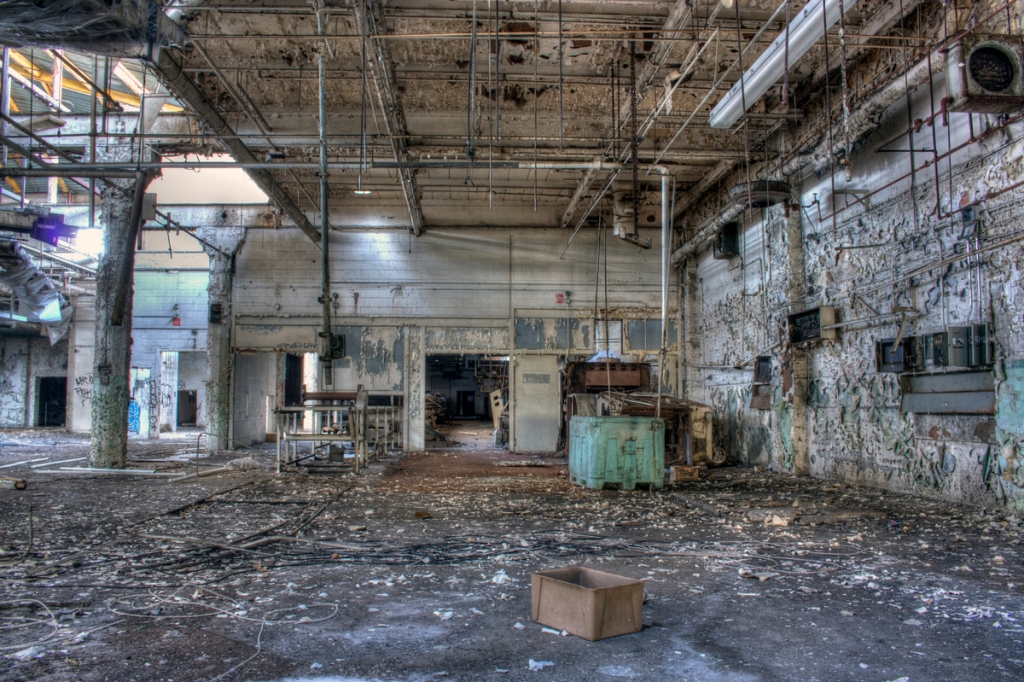
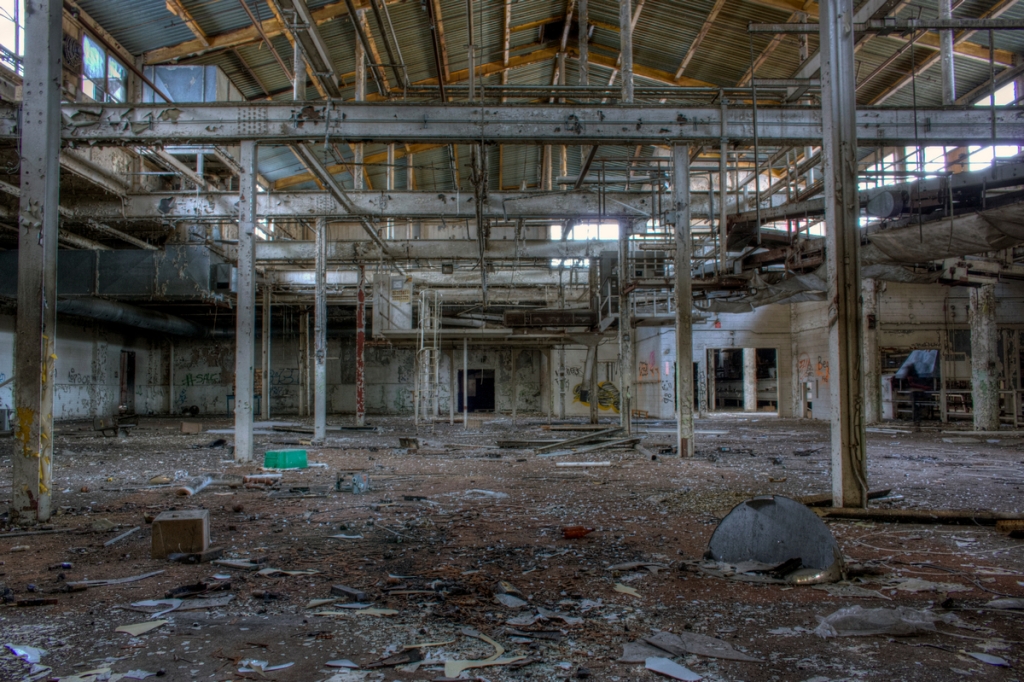
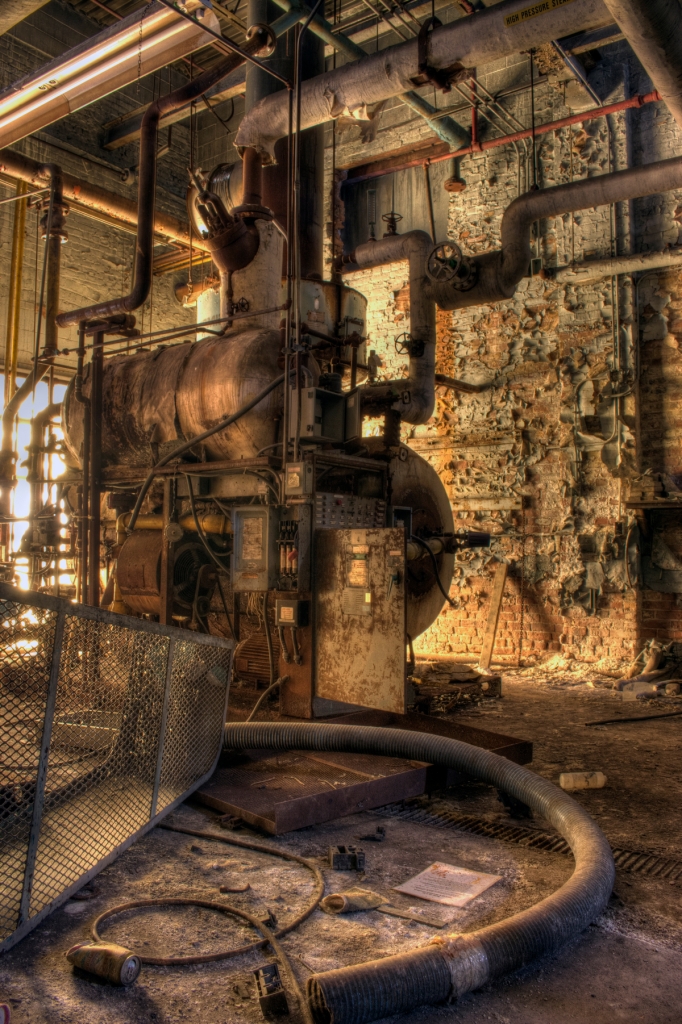
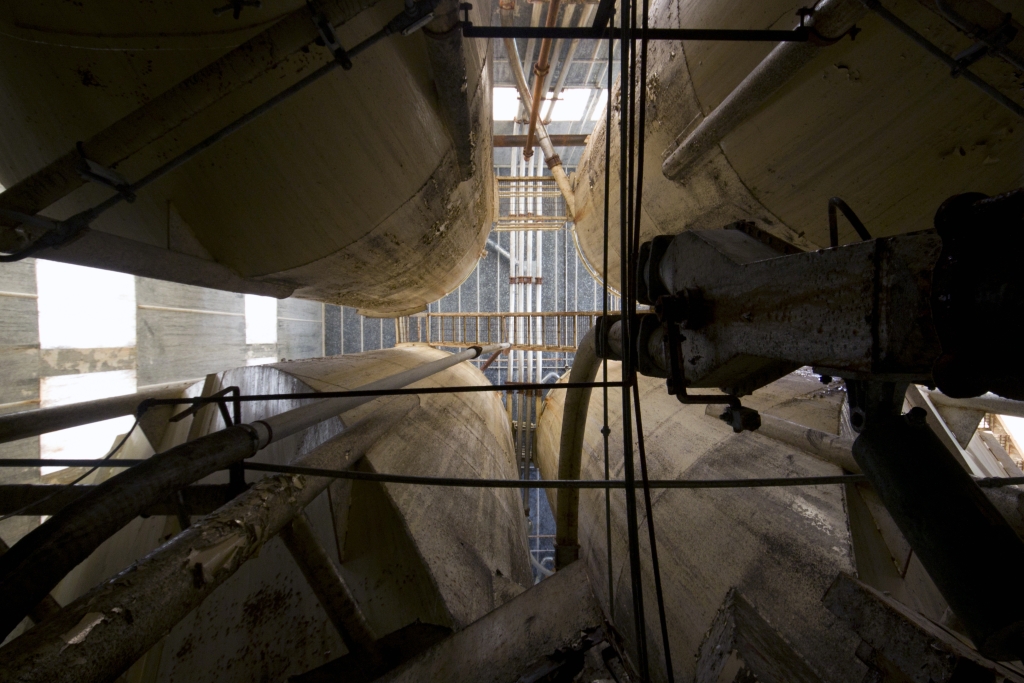
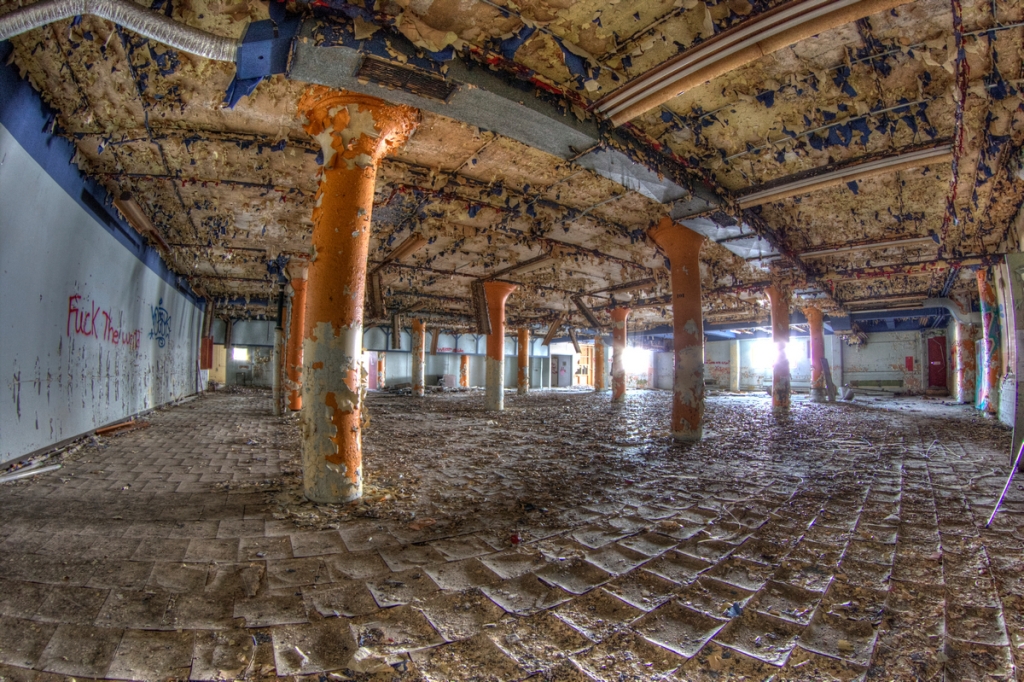
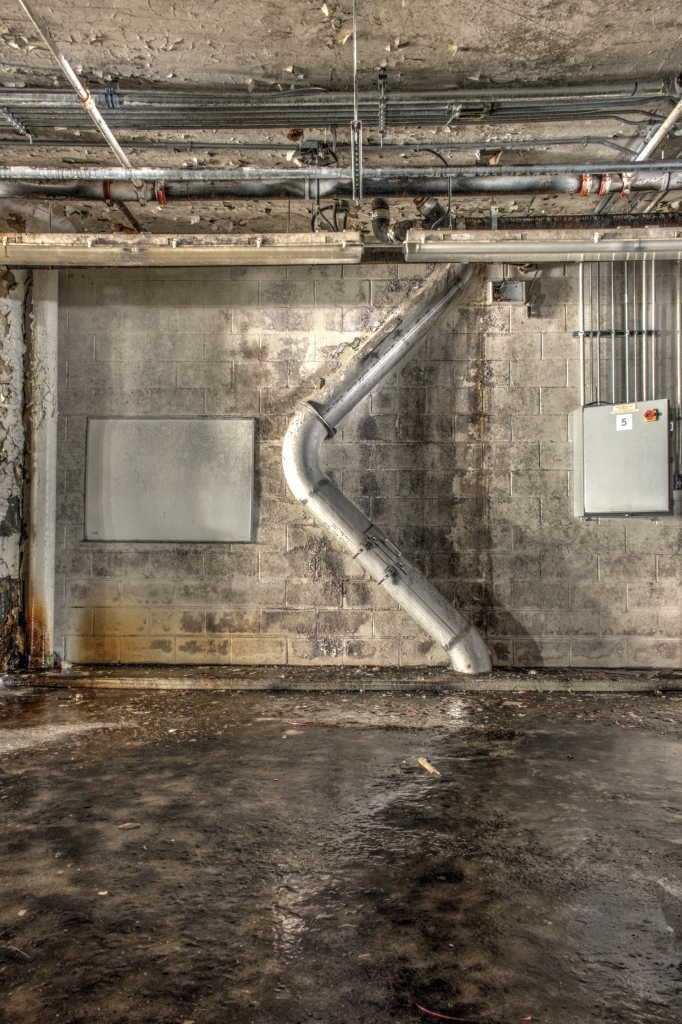
When the London factory shut down in the summer of 2008 it was still being operated by Beta Brands. At that time approximately 100 employees lost their jobs.
Present Day
Today the four-storey McCormick’s factory located at 1156 Dundas Street lies vacant, dark, with a lot to see and explore. There are several stories of homeless people living here and syringes to be found on the ground. I’ve yet to encounter anyone on my visits. Also the roof is quite soft, so be warned.
The first floor was usually accessible from one of the garage door entrances. The floor contained sugar silos, administrative offices and conveyor belt ovens.
The second floor was used for the production of crackers. There was a laboratory on this floor as well.
The third floor was for the production of chocolate and also contained the employee cafeteria.
The fourth floor was for the production of candy. The fifth floor was used for producing jelly beans and also contained the executive offices and boardroom.
The property was purchased by Sierra Construction of Woodstock for $1. The property will require approximately $8 million to clean it up. A portion of the rear of the property has already been torn down.
As of 2019 most of the rear of the factory has been demolished. Work is under way to convert the front of the building into housing.
Depending on the time of year, you might encounter homeless or drug users inside.
Further information regarding the McCormick Villages project, click here.






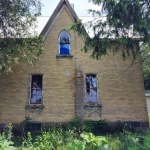


Weston’s loves to close factories….I worked at their Dupont and Christie factory. When It was closed in 1993, 350 people including myself lost their jobs.Now it’s a Loblaws and we were told they closed because of the taxes.
Extremely interesting . Thanks so much